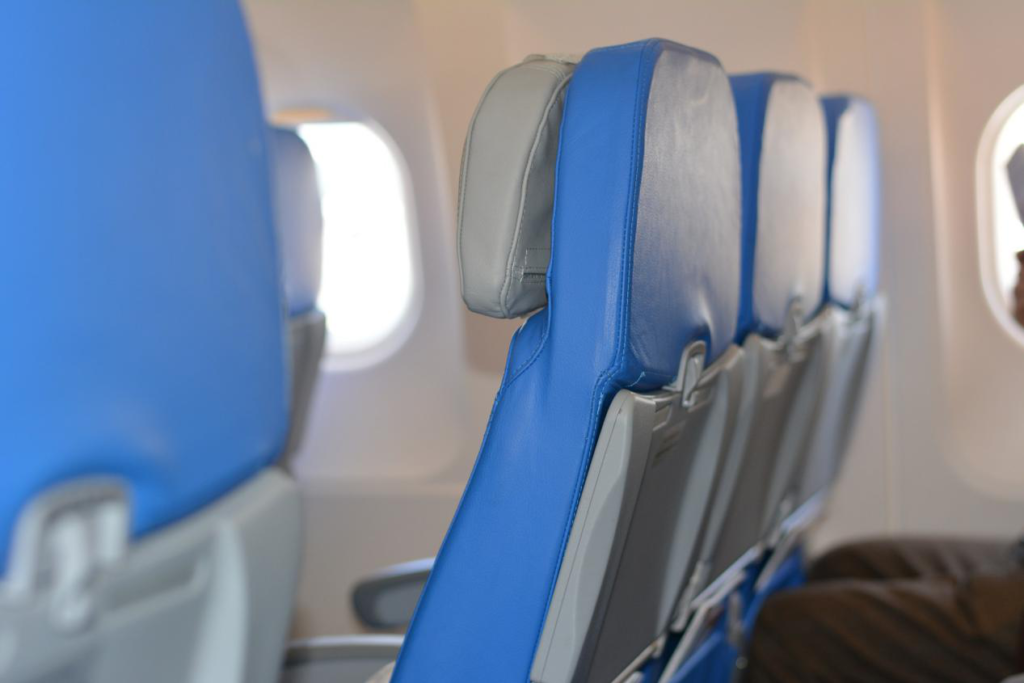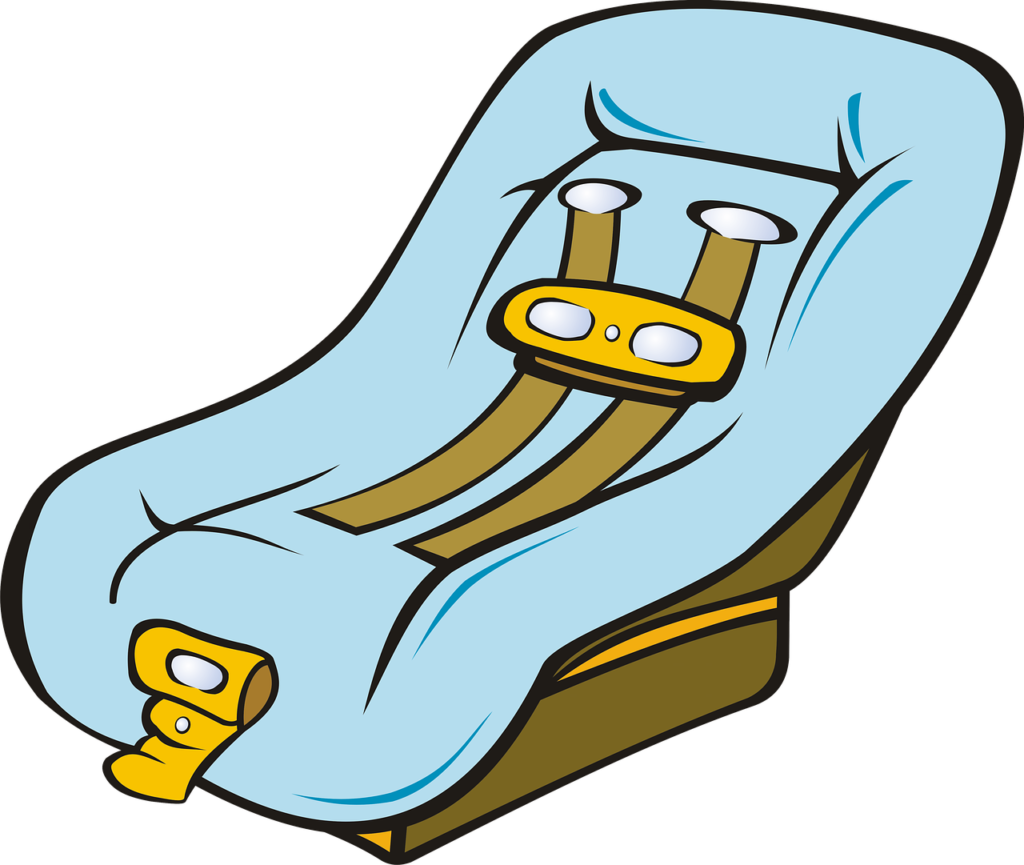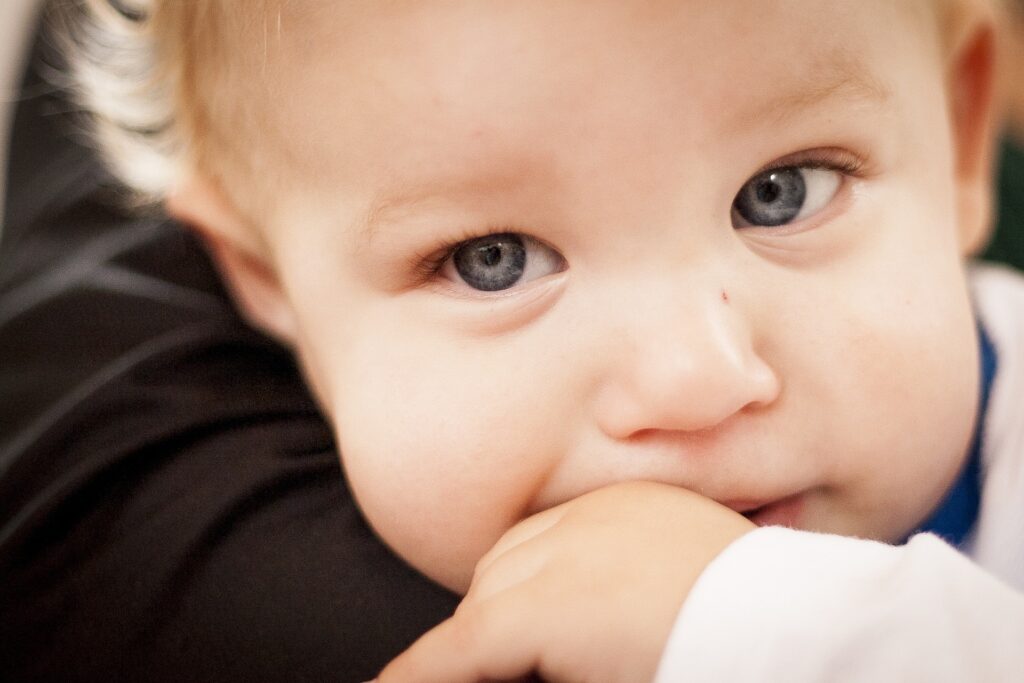No one says it’s easy to raise children, but if you put a plane trip with a child together, you will face a terrible new hurdle. If you want to take a baby on a plane, you should first understand the relevant regulations for infants to fly: only healthy babies born for more than 14 days are allowed. The newborn has incomplete respiratory development, fragile blood vessels. The high air pressure in the cabin can be harmful to their bodies, so babies within 14 days are unfit to fly. With babies-especially newborns-traveling by air requires a lot of thoughtful planning, from booking seats to every needful flight details. Are you considering whether you should use a car seat with your child on the plane?
Is It Necessary to Use a Car Seat on the Plane?
This is not mandatory, but the Federal Aviation Administration recommends using car seats on the aircraft. While it is legal to hold an infant on your lap and, of course, the most economical way to travel with a baby, if you can afford it, buy a separate seat and know that your child is safely and comfortably confined to an airplane-approved car seat or an FAA-approved harness. Ask the airline for a discounted ticket. Buying a ticket for your child is the only way to ensure that you will be able to use a portable baby car seat. The extra benefit is that you can also enjoy airline meals and movies freely.
Some airlines offer special equipment for newborn passengers, such as baby cradles and car seats. But not all car seats can be used on planes. The car seat that you have already used in your car can definitely be airplane-safe, but ensure that it is a hard-backed safety seat that can be used in cars and airplanes. If your car seat meets this standard, it will print “has been proven to apply to cars and aircrafts.” In addition to making sure your seat is approved by the plane, you should also check the size of the plane seat to ensure it suits you. Airlines will publish the weight of the narrowest and widest seats in each class on their websites. If your car seat is not approved by the airline, or because of the airline’s restrictions, you may be asked to check it as luggage.
I know the idea of traveling with a car seat (and other equipment) may overwhelm you, but take a deep breath-rescue has arrived.
How to Install a Cat Seat on the Plane
If you choose to travel with a car seat, and for American Airlines under the jurisdiction of the FAA, the rear or forward-facing car seat is within the seat’s limits, then how to install the seat is your own choice. The manufacturer’s instructions attached to the car seat will give you specific height, weight and age advices to help you decide whether your child’s seat should be on the front or rear-facing on the plane. It is easier to install a front-facing car seat on the aircraft. The front-facing seat is mounted exactly like the one you installed in the car. Lock the seat belt through the seat belt guide rail on the seat and pass the seat belt through the seat’s belt path of the car seat. When you fasten your seat belt, make sure that the seat belt buckle is facing the back of the chair so that you can loosen your seat belt when you land.
Installing to the rear face is difficult and may require a seat belt extension from the flight attendant. It is recommended that you have a seat belt extension when you first board the aircraft, even if you don’t know if you need it. Install the car seat in a window seat so that it does not block other passengers’ escape routes in case of an emergency. Once the car seat is installed, raise your seat armrest.
Main Factors to Consider When Choosing the Best Car Seat
- Size
The size of the car seat is significant when trying to find the best car seat for an airplane trip (the narrower, the better). This is especially important if you are flying, and the unwieldy car seats are not suitable for sitting in aircraft seats. The Federal Aviation Administration suggests that the width of the best car seat for travel should not exceed 16 inches. Most FAA approved are within the width of 17-20 inches. Don’t worry too much about that, though, because as long as your seat has an FAA-approved car seat tag, you will be okay. If the armrest is compressed too tightly, you can always lift it up. You can’t really hope a car seat to be small, but it still shouldn’t occupy too much space.
- Weight
The weight of the travel car seat is very crucial. Flying with a car seat is a bit of a hassle, so make sure you find a lightweight car seat while traveling and still make your baby or toddler feel cozy. Choosing a lighter choice will make your job easier. You don’t want to drag a 25-pound car seat on the plane or around the airport. The best seats for air travel should be under 10 pounds. Manufacturers should make all car seats lightweight.
- Baby’s Weight
If you are looking for the best travel car seat for your child, you should look at the range of age and weight limits for portable child car seats. For instance, the upper limit of many of the best travel car seats for infant options is 40 pounds. Most bucket-type baby car seats are accepted by airlines as long as they have FAA-approved labels. What parents like most is a car seat that can bear 5 to 65 pounds.
- FAA Approved Car Seat Label
When you board the plane, the flight attendant may check the label “This constraint is certified for use in cars and airplanes.” This kind of label is required by the FAA to be attached to baby car seats.
What to Do If You are not Allowed to Use the Car Seat
The biggest problem with the crew’s refusal to use your car seat is that it interferes with the ability of the front seats to tilt. Print out the FAA rules for car seats or save them on your phone, and bring proof that your seat is approved by the FAA. With this information in your possession, if you are still refused to use your seat. Politeness, but firmness is the key. Ask another flight attendant to confirm or request the flight attendant to check his or her own flying manual. After the plane takes off, it must be complained to the airline or other customer advocates in order to educate or discipline the crewmember according to the airline policies. Once you arrive, you have every right to claim a refund.
Extra Tips to Make Flying more Comfortable for Your Baby
- If your child is under two years old, please bring along the birth certificate/age certificate.
- Try to choose a non-stop flight, When taking off and landing, it is the most challenging time for babies to adapt, changes in air pressure will also lead to children’s ear pressure imbalance.
- Let the baby suck the pacifier or breast-feed during takeoff and landing to avoid hurting the eardrum.
- Arrive early and talk to the flight attendants for the best seat choice.
- When choosing a flight, check the seating chart online to see if there are no seats available. Although you are not sure how many people will be on the plane, you are more likely to find a suitable seat for your child.
- Book your flight for your baby’s nap or bedtime. If you are lucky, your child may sleep quietly during the whole flight.
You should use your car seat on the plane, just like you do in a car. Through some good plans and studies, you will find the perfect car seat for your flight and be ready to enjoy an interesting and relaxing plane trip with your baby.



